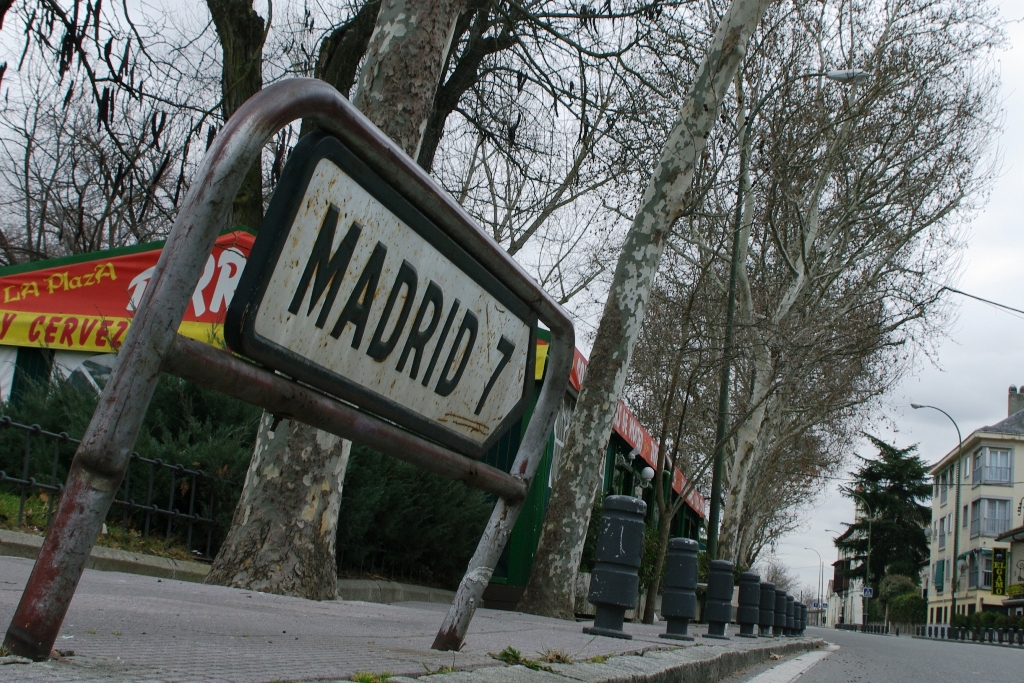With a slightly different title I want to describe to you the 12 reason for visiting Madrid. In this trilogy I plan to tell you about the five attractions in Madrid itself and its surroundings in the radius of 50km from the capital of Spain. Also I'd like to introduce three cities that are no more than 100km from Madrid. The theme that's repeated throughout the three part report is the UNESCO world heritage list as almost all the described places are part of the prestigious world heritage.
Let’s start with Madrid, the capital of Spain, located in the heart of country at the elevation of 667m, making it the second highest European capital (after Andorro la Vello – the capital of Andora). This is good to know in summer as the temperature of Madrid is similar to more northern capitals. With over 3 million of population it’s the fourth largest capital in Europe – after Moscow, London and Berlin, but before Paris, Rome and the rest. Madrid and Barcelona are also the only two Spanish city with over a million of population. The size of Madrid, however, works for its advantage as it’s over 600 square kilometres big.
Even though the city has rich heritage and culinary treasures and offers many activities, it’s not really the top tourist destination. Mentioning Spain most people think of Barcelona, Ibiza or Palma de Mallorca, only a few think of Madrid. That’s the reason I’d like to present Madrid and maybe convince a few people to visit it.
Sure, there are dozens of attractions the city can offer and everyone can make their personal top five list to visit, but here’s mine and I’m sure you won’t be sorry if you decide to see these places.
With Spain being a monarchy, it’s only fitting you first go and visit the royal palace in Madrid, which is not the official residence of the king, but there are still most of the ceremonies held there. The palace stands in place of old Alcazar, which was destroyed in the fire on Christmas of 1734. King Philip V. decided to make this grand palace after the fire and it stretches on 13 hectares of land. It has 240 balconies and 870 windows. The building took place between 1738 and 1755. It was in 1764 that Carlos III made it his residence.
The palace is under the management of
Patrimonio Nacional, which also manages other six royal palaces and dozens of monasteries, as well as four natural reservations, royal possessions and cultural activities. The palace is open to visitors between 10AM and 6PM, between April and September until 8PM. The entrance is 10€, for students and children less than 16 only 5€. For those who will use the underground, take the “Opera” station.
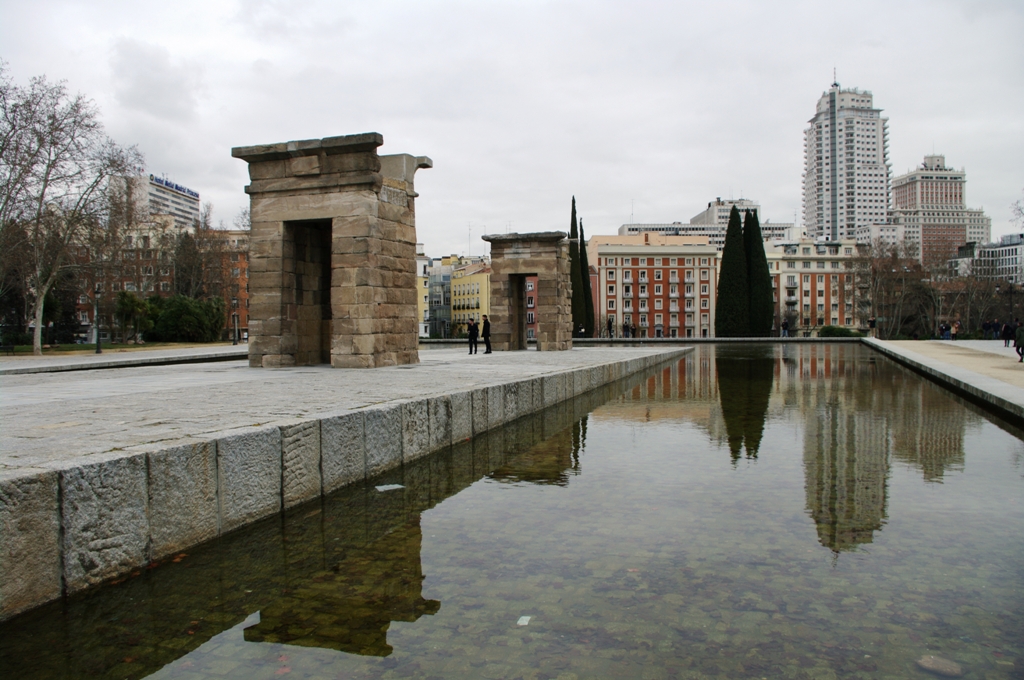
The second attraction is less known, but all the more worth a visit. It’s the Templo de debod. It’s a temple that originally stood in the valley of the Nile, some 30 kilometres from Aswan and was dedicated to the goddess Isis. When the lake rising behind the Nasser’s dam started threatening the temple’s existence the government in Cairo decided to give it as a gift to Spain in gratitude for their help in rescuing the archaeological site of Abu Simbel, that’s 290 km southwest of Aswan and is part of the world UNESCO heritage list. The temple was taken apart in 1969a and 1970 to be reconstructed in Madrid. It was opened for public in 1971. From the hill and the park where the temple is located today, you’ll get the best site to watch the sun set over the city and to take photos. The view of the city and especially the cathedral is just superb. You can enter the temple with no fee from 9:45AM until 1:45PM from Tuesday to Sunday and between 6:15PM and 8:15PM between April and September during workdays except Monday; and between 4:15PM and 6:15PM from October until March. The closest underground station is Plaza de Espana, and there’s a bus stop of the line 74 right next to the temple.
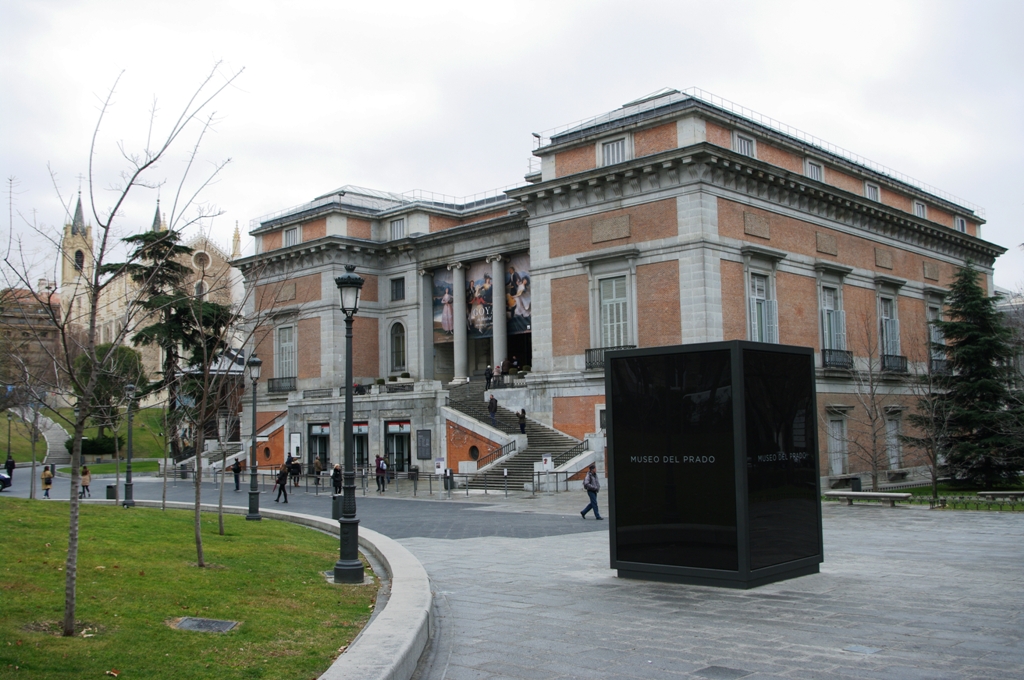
The third attraction that most people place in the first place is the national museum del Prado, which is among the three riches museums of the world, together with "Musée du Louvre" in Paris and “Hermitage” in St. Petersburg. Architect Juan de Villanueva made Prado as a natural science cabinet by the instructions of Carlos III, but only his grandson Ferdinand VII made it into the royal museum, complying to wishes of his wife Marie Isabel de Braganza. Soon it was full of pictures and sculptures and opened its door to the public in 1819 for the first time. It had two purposes – first to boast the riches possessed by the Spanish royal crown and – second, to show the Spanish crown is equal to other European ones. That’s why they also made the first catalogue, published in 1819, with only 311 painting of overall 1510, which came from all over the world. Today the museum features 7.600 paintings, 1.000 statues, 4.800 impressions and 8.200 pictures. Among most famous ones are the works o Rogier van der Weydn, Rubens, Velazquez, Ribeire and Goya.
You’ll pay 14€ for entrance, but if you’ve got the youth card, it’s only half. For students and people younger than 18 years it’s free of charge. Musem del Prado is opened every day except Sunday from 10AM until 8PM, and on Sundays and holidays it’s until 7PM. You can reach it by underground, with the nearest station being "Atocha" (main Madrid railway station) and "Banco de Espana".
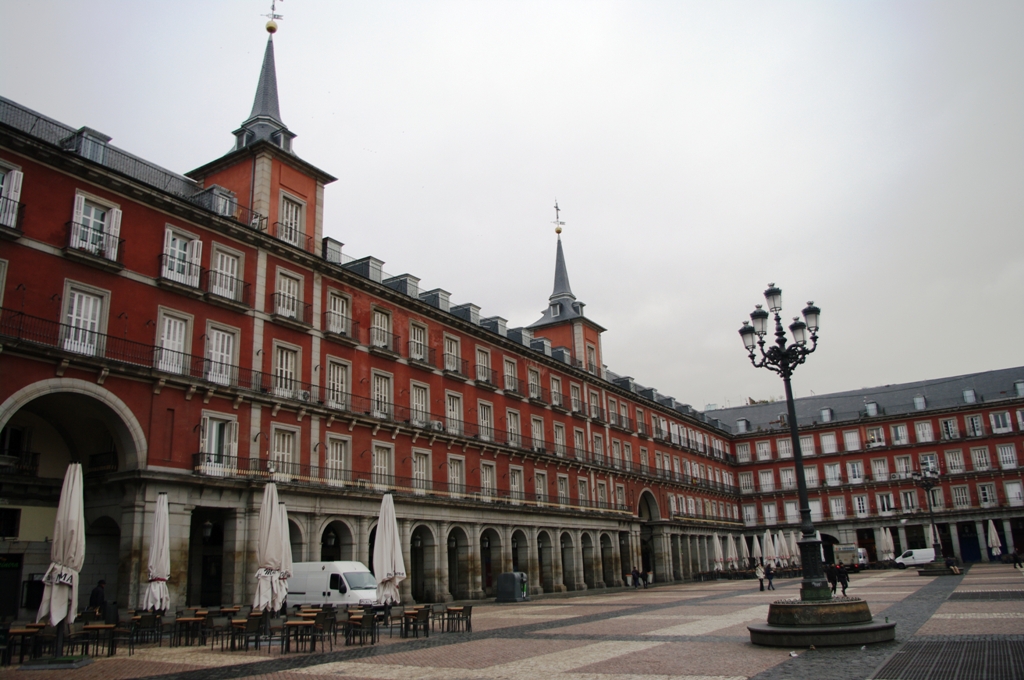
As the fourth attraction let me mention the main square "Plaza Mayor". It was madde by Juan Gomez de Mora in 1691 at the time of the reign of Philip III, whose statue is on top of a horse in the centre of the 120 x 90 meter large square, surrounded by buildings with typical balconies. This used to be the place of bull fighting festivals and public executions. Today it’s a popular place of gathering and a place for cultural events, surrounded by bars, shops and restaurants. At the main square there’s also the main info office opened each day between 9:30AM and 8:30PM. The nearest underground station is “Sol”.
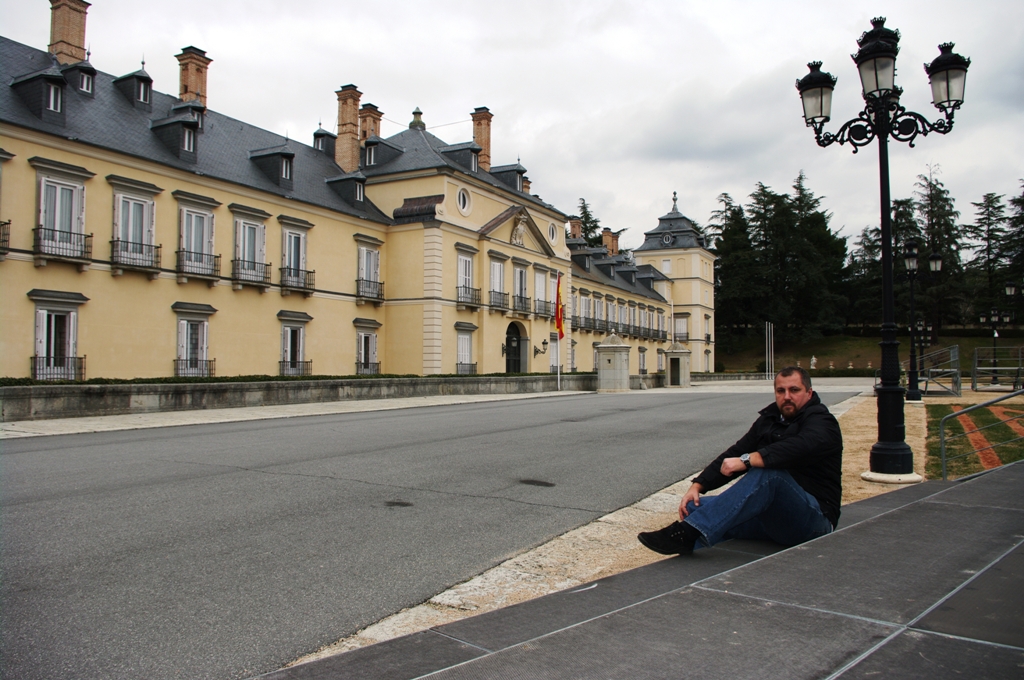
And to round up the top five list, let me suggest a trip outside the city centre to the 5 kilometers removed El Prado. There’s one of the royal palaces there, built in the 15th century and was used as the residence of the king. The history of the palace was written anew when its interior got destroyed in the fire of 1604. The next dark mark on it was made by the Spanish dictator Franco, who made the palace his residence, so you can still see where he had worked, lived and slept. You can also see his uniforms, which are at display there. Today there are several functions that the palace is used for, but you can only visit it as part of an announced guided group. You may not photograph there, except only at the entrance. Apart from hosting several events the palace also has another function and that is the hosting of foreign statesmen while visiting in Spain, as they are spending their time in the El Prado palace.
You can reach the palace by the bus line 601 and it’s open between 10AM and 6PM from October to March and until 8PM from April to September. The entrance is 9€ and students and children up to 16 years get a 2€ discount.
